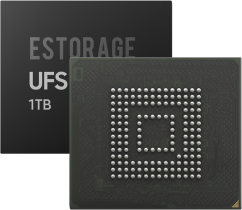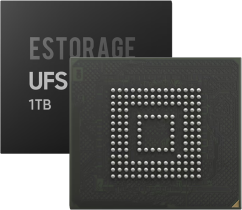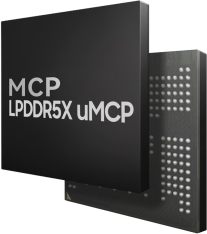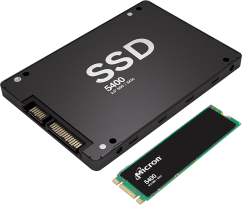Product Description
The Qualcomm PM-8250-0-FOWPSP161-HR-03-0 is engineered to meet the demanding power management needs of modern electronic devices. Its architecture is optimized for mobile applications, where efficiency and space are critical.
The PMIC features multiple output channels, allowing it to power various components simultaneously. Each output can be independently configured to deliver the required voltage and current, making it versatile for different applications. The ability to dynamically adjust output voltages based on real-time workload demands is a significant advantage, as it minimizes power wastage and enhances battery life.
In terms of thermal management, the PM-8250-0 incorporates advanced features that monitor temperature and adjust performance accordingly. This is particularly important in mobile devices, where overheating can lead to performance throttling or even hardware damage. The robust protection mechanisms ensure that the device operates safely under various conditions, providing peace of mind for designers and end-users alike.
The compact QFN package of the PMIC allows for efficient use of PCB space, which is a critical factor in the design of modern smartphones and IoT devices. Its small footprint does not compromise performance, as it delivers high efficiency and reliability.
Overall, the Qualcomm PM-8250-0-FOWPSP161-HR-03-0 is a sophisticated power management solution that combines flexibility, efficiency, and safety, making it an ideal choice for a wide range of applications in the mobile and embedded markets.
Specification
Input Voltage Range: Typically operates within a range of 3.0V to 4.5V, accommodating various battery types.
Output Voltage Range: Supports multiple output voltages, typically ranging from 0.8V to 3.3V, configurable based on system requirements.
Output Current: Capable of delivering up to 3A per output, depending on the specific configuration and thermal conditions.
Efficiency: Efficiency ratings can exceed 90% under typical load conditions, significantly reducing heat generation.
Operating Temperature Range: Designed to function effectively in a wide temperature range, typically from -40°C to +85°C.
Package Type: Available in a compact QFN (Quad Flat No-lead) package, facilitating easy integration into PCB designs.
Control Interface: Supports I2C or similar digital control interfaces for configuration and monitoring.





